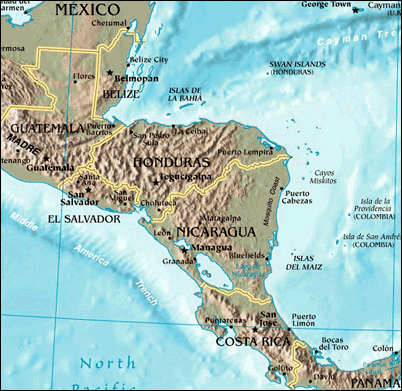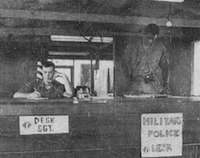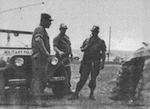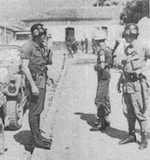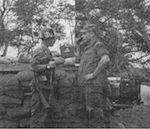The Sandinist National Liberation Front, acronym FSLN, (Sandinista's) was a Marxist left-wing Nicaraguan political party named for Augusto Cesar Sandino, a former insurgent leader and was formed in 1962 to oppose the Nicaraguan regime of Anastasio Somoza Debayle. In 1979 the Sandinista's launched a Communist offensive from Costa Rica and Honduras that toppled Somoza.
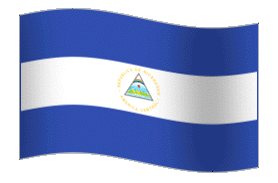 Nicaragua Nicaragua |
|
|
They established a military junta that nationalized such industries as banking and mining, postponed elections, and moved steadily to the left eventually espousing Communist Marxist-Leninist positions. The Sandinista dominated government was opposed by U.S. supported guerrillas known as the "Contras." In 1984, Sandinista leader Daniel Ortega Saavedra, won the Nicaraguan presidency in an election that was boycotted by some opposition groups.
The "Contras" (from the Spanish term La Contra, short for movement of the contrarrevolucionarios, meaning counter-revolutionaries) were the armed opponents of Nicaragua's FSLN, Communist Cuban and Union Of Soviet Socialist Republic (USSR), supported Sandinista Junta of National Reconstruction following the July 1979 overthrow of Anastasio Somoza Debayle and the ending of the Somoza family's 43-year rule.
 USSR / Russia USSR / Russia |
|
 Cuba Cuba
|
|
Click on map for full expansion
|
![]() Regardless of MOS if you recognize or participated in any of the events listed on this Time Line page and would like to contribute any information, personal stories, documents, media articles, photographs, or, if you can provide information on any events not listed, please take a moment to contact the History Project Manager at the Email Link provided for you on each page.
Regardless of MOS if you recognize or participated in any of the events listed on this Time Line page and would like to contribute any information, personal stories, documents, media articles, photographs, or, if you can provide information on any events not listed, please take a moment to contact the History Project Manager at the Email Link provided for you on each page.


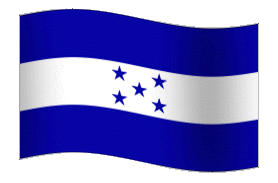
 Nicaragua
Nicaragua
 USSR / Russia
USSR / Russia Cuba
Cuba